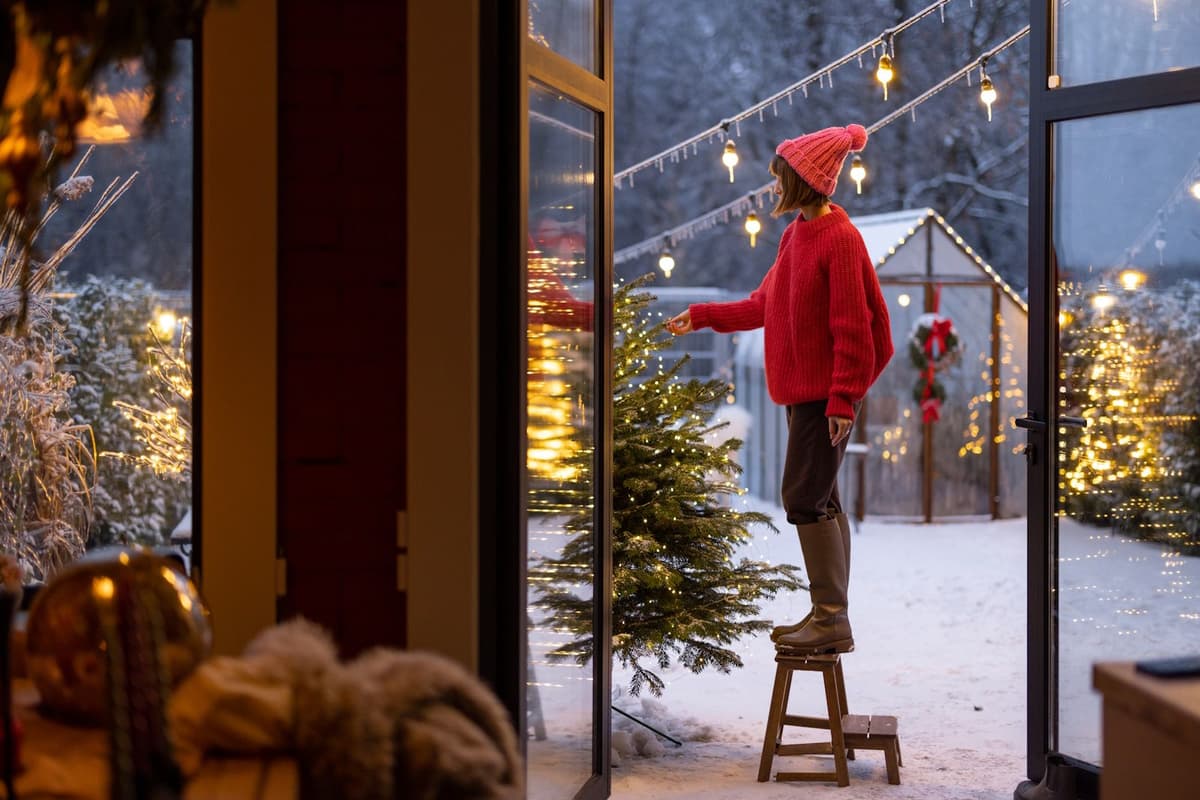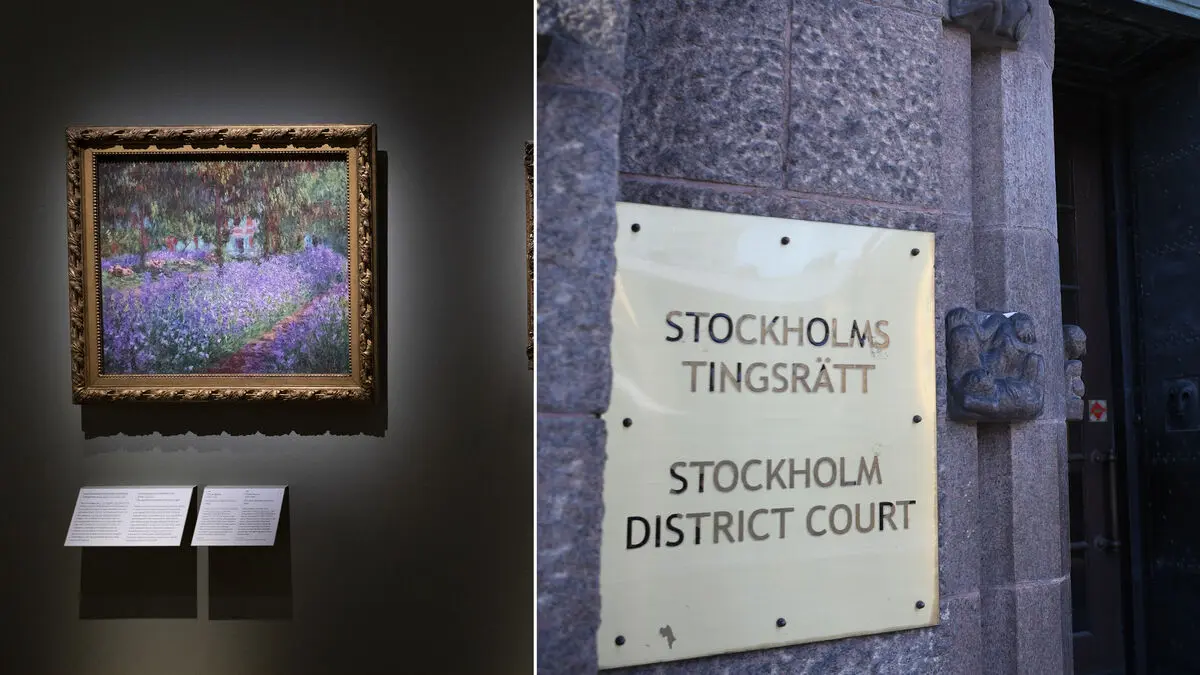They are sometimes called "Baltic penguins", the black-and-white guillemots that have mainly settled on Stora Karlsö, a few kilometers west of Gotland.
Now there is a chance to follow the colony in real-time in the World Wildlife Fund WWF's broadcast, which is ongoing all summer. 50 cameras are set up and the images are varied in the broadcast.
Dramatic fall
The viewers get to follow egg-laying, hatching, and the dramatic moments when the chicks, unable to fly, throw themselves out from the 40-meter-high cliffs.
It sounds quite terrible, but they manage very well. They are light and have a lot of fluff, and they have a fat pad on their stomach, so they land softly, but it's straight down on the rocks, says Mathilda Karlsson, Baltic Sea expert at WWF.
Some may get stunned by the impact, but they quickly recover.
Their fathers are out in the water and call for them, so as soon as they land, they run straight out into the water to seek them out.
Look out for infidelity
Guillemots live in pairs, but it happens that they cheat, something that viewers may possibly get a glimpse of. For WWF, camera surveillance is not just for fun. The idea is that those who follow the broadcasts should report what they see.
We would like people to keep an eye on all types of behavior that one sees, so if one sees something like that, one is very welcome to go in and report, says Karlsson.
The guillemots are, for example, dependent on fatty fish, so how the birds are doing says something about the state of the Baltic Sea.
The live broadcast is ongoing on wwf.se/live until mid-July. The eggs are expected to hatch around June 13 and the jump takes place about three weeks later.
The guillemot belongs to the auk family and can dive 100 meters in search of fish. It was almost extinct before it was protected in 1880. The only colony was then on Stora Karlsö outside Gotland.
There, 25,000 pairs are now breeding, and birds have emigrated, and there are today also colonies on the Norrland coast and Bornholm.
The guillemot can live up to 50 years and lays one egg per year. The first egg is laid when it is five-six years old.





